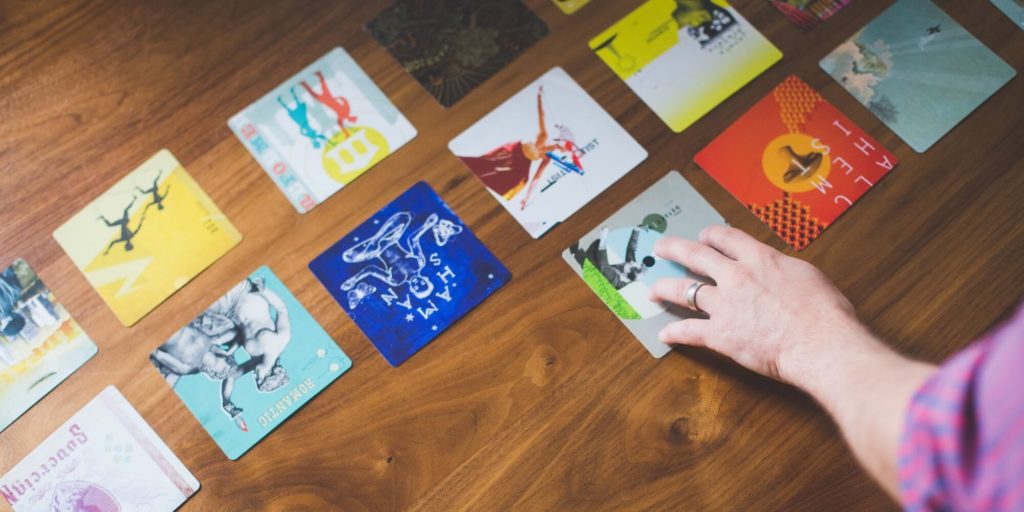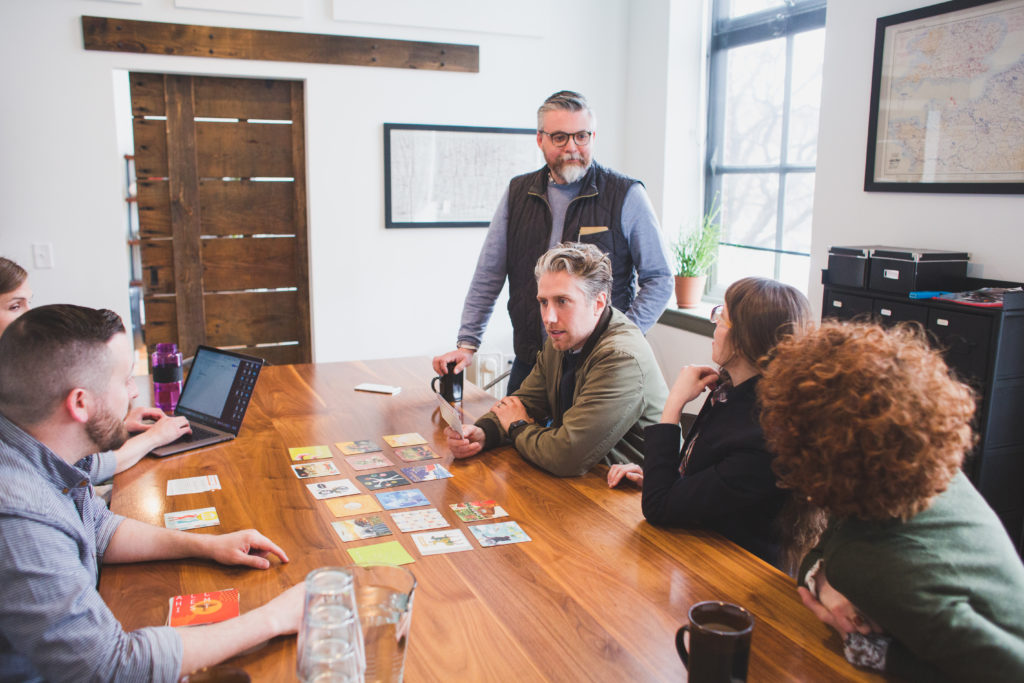
We use archetypes to understand behavior and uncover truth.
The Hero. The Rebel. The Mentor. Dig deep into the recesses of your brain, somewhere around 9th grade English class, and you’ll probably remember these larger-than-life personality types as archetypes. First defined by Plato and later popularized by 20th century psychiatrist Carl Jung, archetypes are universally familiar patterns that describe an individual or group’s behavior.
We see and use archetypes so often that they’ve become shortcuts for meaning. Regardless of whether or not you’ve seen Star Wars (and yes, I’ve met people who have never seen Star Wars), when I tell you that Luke Skywalker is the consummate Hero, you immediately call him a brave guy. You know he puts the needs of society above his own. But you also know he’s up against a lot: some bad guys, sure, but also the temptations—the really dark temptations—that come with being so heroic.
The Power of Archetypes in Branding
While archetypes can be a useful tool to describe this silly Mr. Skywalker guy, your quirky neighbor (“He’s such a Clown”) or the new co-worker everyone is still trying to decipher (“Total head-in-the-clouds Idealist”), we find that archetypes are also applicable to brands.
For the past few years, we’ve used a toolkit of 60 archetype cards from the book Archetypes in Branding as the foundation for a half-day archetype study we hold with clients. These cards expand and deepen the traditional 12 Jungian archetypes, providing a level of detail that allows brands to better understand what motivates them and define the character (or characters) they represent to their internal and external audiences.
The Ins and Outs of Archetype Studies
Our archetype studies are a down-and-dirty way of collaboratively defining a brand’s personality, which gives us the tools to build positioning and messaging that speaks to why an organization exists—and why it matters to their diverse set of stakeholders.

What begins innocently enough as a determination that your brand is “probably not a button-pushing Provocateur” and “definitely not a wonder-filled Child” often ends, hours later, in a raucous battle.
When pushed to define and justify what your organization stands for and what differentiates you using a new, unfamiliar language, the results are often surprising and always illuminating.
In those few hours, we learn more about a brand—and about the people who comprise it—than a questionnaire could ever teach us.
But when you’re deciding on an archetype, it’s less about where your brand winds up, and more about the debate that surrounds what you aren’t and why. The conversation, we say, is always more important than the outcome.
You may think your brand is a Visionary, but does that persona truly represent your entire business or just the personalities of your leadership team? That’s why, as our clients discuss their archetype, we force them to answer hard questions about the impact of their decisions:
- Is it believable? Does it embody what your brand fundamentally stands for without being trite or expected?
- Is it sellable? Will your customers be inspired by and loyal to what this character can provide?
- Does it encourage action? How can your archetype become a jumping-off point for your brand’s evolution?
Who Are We Really?
Simply saying your brand is a Warrior tells us something fundamental about your DNA—you’re dedicated, loyal, and driven by a sense of duty. But the organizations we work with realize that knowing and internalizing their archetype also gives them a compass for making business decisions.
Should a Warrior work with a client who’s seeking a transactional relationship instead of a dedicated partnership?
Should a Warrior hire a new team member who lacks conviction?
While archetypes don’t provide definitive answers about what a business should or shouldn’t do in every situation, they equip organizations with the language to understand themselves: their strengths, their motivations, and their limitations.
This goes way beyond what a company does, and digs deep into the spirit in which they operate. These subtle differences are often the trigger for brand communication to suddenly come to life where before it felt stuck and uninspired.
This new language becomes a foundation for every business and brand decision—and a tool for understanding and clarifying your unique value in an increasingly crowded, competitive marketplace.